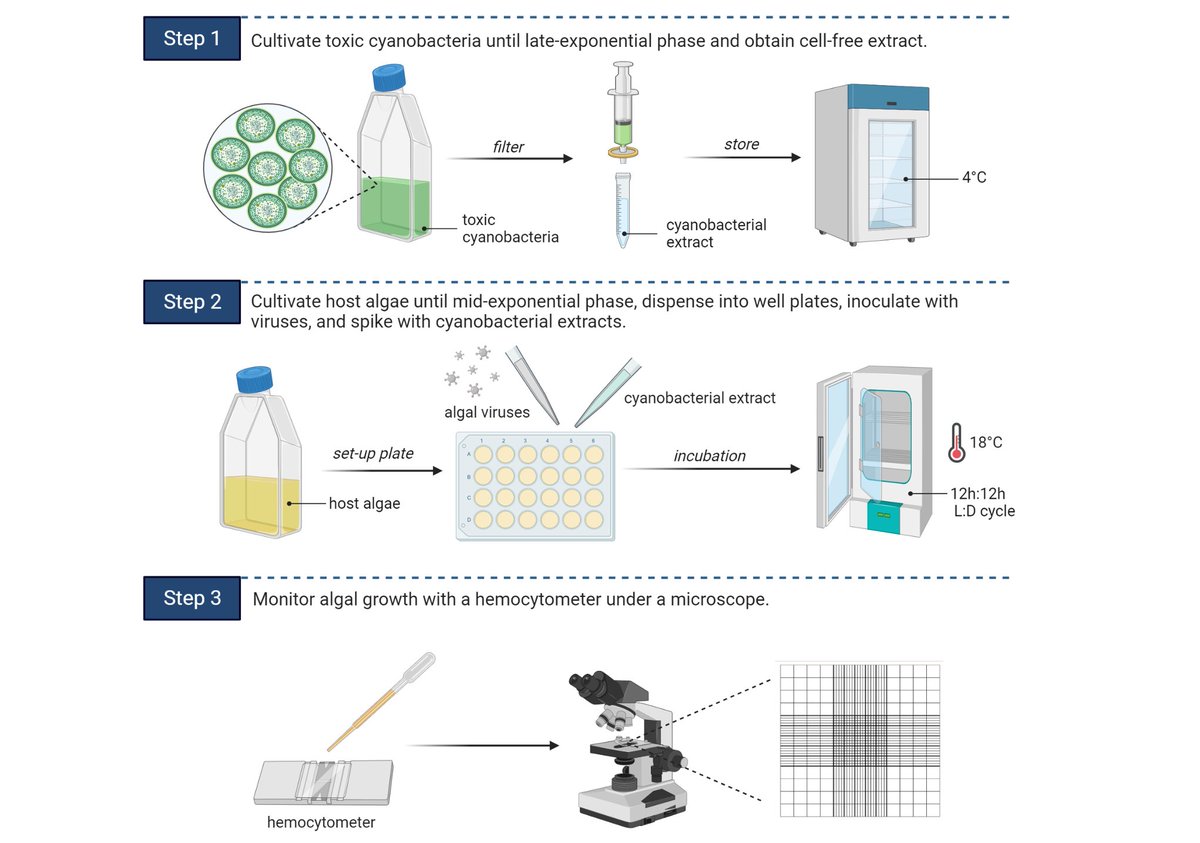
Journal of Phycology
@JPhycology
Followers
862
Following
5
Statuses
185
A publication of the Phycological Society of America. https://t.co/JjSR8RdA3H https://t.co/FcFDUN5KgC
Joined March 2022
When shifts in Arctic pond #diatoms were first described, we knew little about Northern #GreatLakes. Now it's clear these deep lakes show strikingly similar responses to warming. Smol et al. show how algae signal #ClimateChange in this #JPhycol Perspective
1
8
13
COVID-19 highlighted the need for new treatments against viral infections. Could #cyanobacteria represent an untapped source of #antiviral activity? Read about how students from @jin_oceanvir’s lab tested strains of cyanobacteria against viruses: (1/5)
1
4
10
Exploring early #diatom #evolution? Our October cover features diatoms in the Cretaceous Diatom Database. @KarolinaBrylka et al. compiled fossil data to create a list of 721 species and their corresponding age of occurrence. See the database here:
0
12
20
The October issue of #JPhycol is out! Check out this link to read about algae as first responders to #ClimateChange, a new tool to investigate early #diatoms, novel species of #cyanobacteria from India, and more:
0
0
3
Diatoms can indicate past lake conditions, but many regions lack the calibration data for interpretation. New work by Griffiths et al. improves #biomonitoring by analyzing species responses to environmental gradients in over 150 Canadian lakes! Read on:
1
9
31
How do you tell cryptic #cyanobacteria apart when barcoding lacks species-level resolution? @dvorikus et al. suggest that population genomics can delimit challenging taxa. Discover how they identified two new Laspinema species in this #JPhycol article:
0
11
24
RT @bernalocean: The last chapter of my #PhD is now published in @JPhycology! We explored biotic and abiotic interactions around the initia…
0
7
0
Why didn’t the #diatom cross the ocean? @ErinBorbee et al. reveal how ocean currents limit dispersal, transport nutrients, and influence protist diversity across the Indo-Pacific 🌊. Learn more:
0
17
37
Can you spot the difference? 🧬 Crépeault et al. found that coccoid Pycnococcus and scaly, flagellated Pseudoscourfieldia share nearly identical organellar genomes. Find the taxonomic revisions (including a new #prasinophyte class) proposed here:
0
1
1
As terrestrial forests change colour, underwater kelp forests are changing too! 🍂 New research by @KalaniCarlson et al. shows increased release of dissolved organic carbon by incubated #kelp during autumn. Find out what this means for the carbon cycle:
0
7
15
Seaweed #phenolics have therapeutic potential, but conventional extraction methods often miss cell wall-linked compounds. In this #JPhycol article, Liu et al. optimized ultrasound-assisted extraction to maximize phenol yield from #Sargassum carpophyllum:
0
4
10
How do pennate #diatoms regulate their orientation and sedimentation? Sourisseau et al. found varying sinking rates among Pseudo-nitzschia species, with chains of Pseudo-nitzschia pungens cells following flexible fiber dynamics. Learn more:
0
0
0















